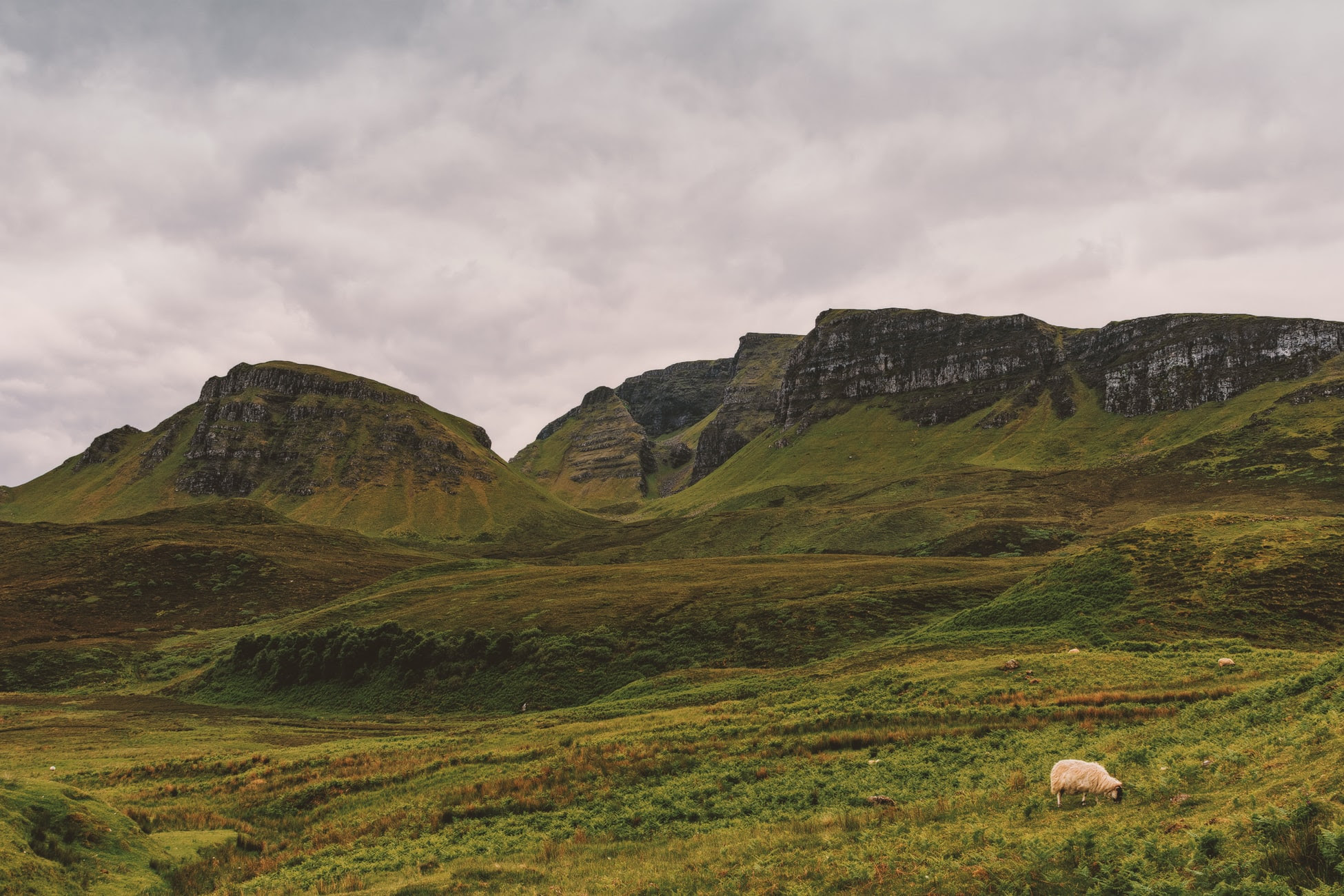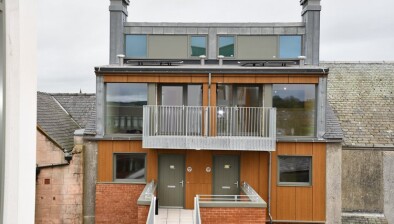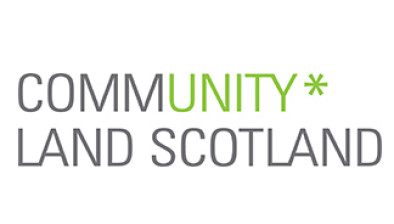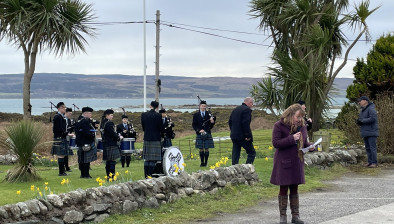Community Land Scotland sets out community ownership vision for economic recovery
A bold ‘Rural New Deal’ embracing further land reform should be one of the foundations on which to rebuild Scotland’s economy and prepare a greener future, MSPs have been told.

Community Land Scotland (CLS) said the way community bodies have responded to the threat of the pandemic across the land has shown that the community ownership model works and should now be spread further.
For the umbrella organisation for community land owners, it has been these small local organisations, with community owners in the vanguard, which have succeeded in ensuring the Scottish Government’s ‘Stay at Home’ instruction worked on the ground. They helped protect those most at risk, and kept their communities running as best they could.
The modern community ownership movement began in Assynt, Eigg and Knoydart where the first of now nearly 600,000 acres were secured under community control. But now it embraces hundreds of rural and urban groups led by local residents, whose properties range from: islands to Highland estates; woodlands to city swimming baths; old barns and churches; houses, petrol stations and a former prisoner of war camp.
CLS said it is time for more such land and assets to be taken into local control, as a tool in our sustainable recovery. The current pattern of so much land being concentrated in so few private hands, hinders rather than contributes to the necessary rebuilding of Scotland, it argued.
CLS’s policy director Calum MacLeod said: “Now is the time for bold thinking and the political will to make that happen.
“We need more community land and asset ownership because it’s a proven model of enhancing the resilience of rural and urban communities. That’s why we’re calling for retention and expansion of the £10m Scottish Land Fund up to £20m annually to provide the necessary investment to ensure that scaling-up of community land ownership across Scotland.”
Mr MacLeod said ministers should consider a Land Value Tax and other fiscal measures to reduce inflated land values in Scotland that impede diversification of land ownership and land use. These were the routes towards place-making that links climate justice, community empowerment and sustainable development.
There was also merit in exploring the scope for introducing a supplementary charge to the Land and Buildings Transactions Tax for private sales of rural estates over specific sizes. The revenue being used to support the Scottish Land Fund to finance more community buyouts and provide ongoing support for those already purchased.
He said that while the economic storm created by the coronavirus had to be addressed urgently, so too did the climate emergency which hadn’t gone away.
Mr MacLeod added: “Community land owners have already led the way in renewable energy generation and conservation. Increasing community ownership would enable an even greater contribution to a Green economic recovery by ensuring sustainable management of land for carbon capture and renewables development leading to payments for public goods to address the climate emergency which are reinvested in our communities.
“We need a Rural New Deal, diversifying how land and other assets such as forests and marine resources are owned and used so as to deliver the climate change mitigation and adaptions, affordable housing, employment creation and growth that are essential to the sustainability of our rural places and to delivering wider public benefits.”








